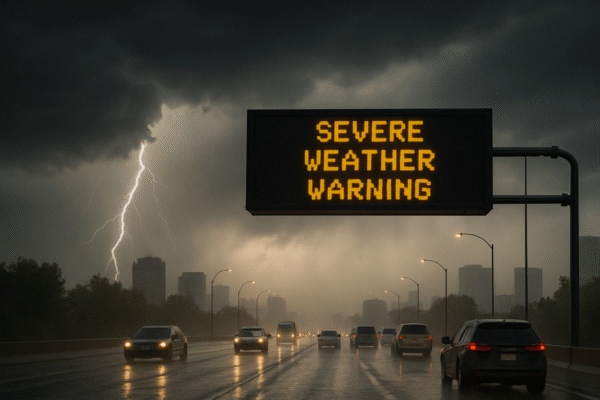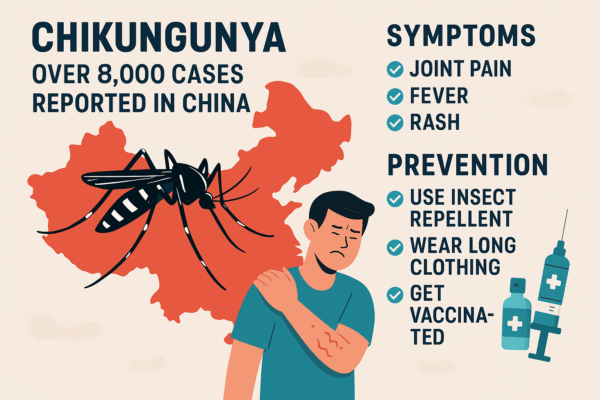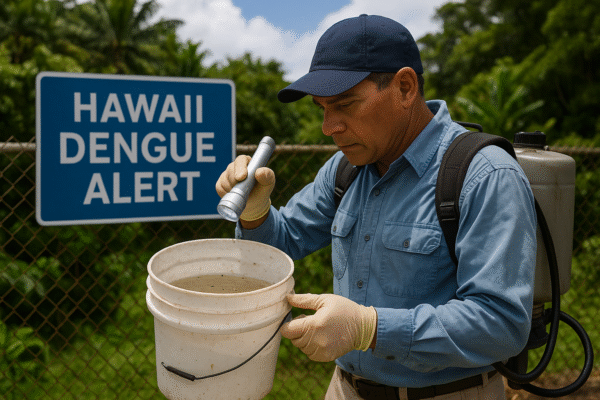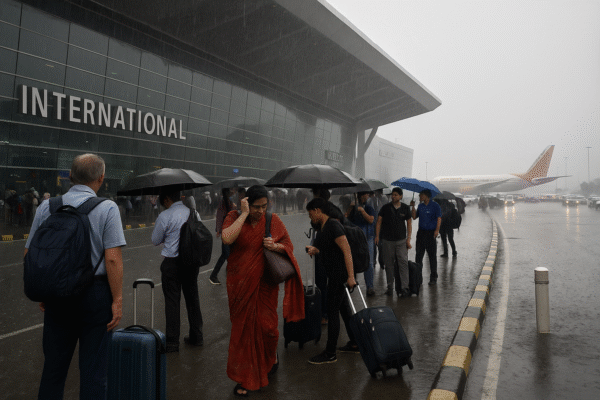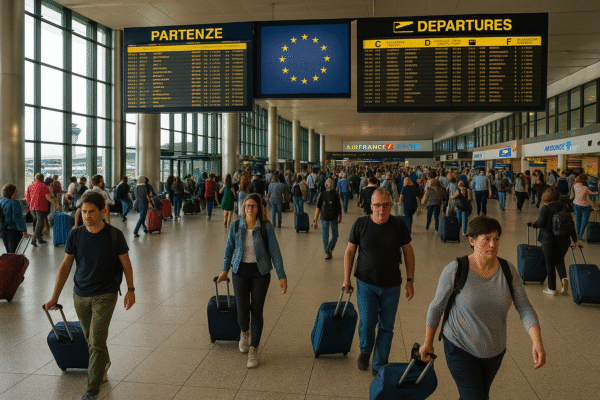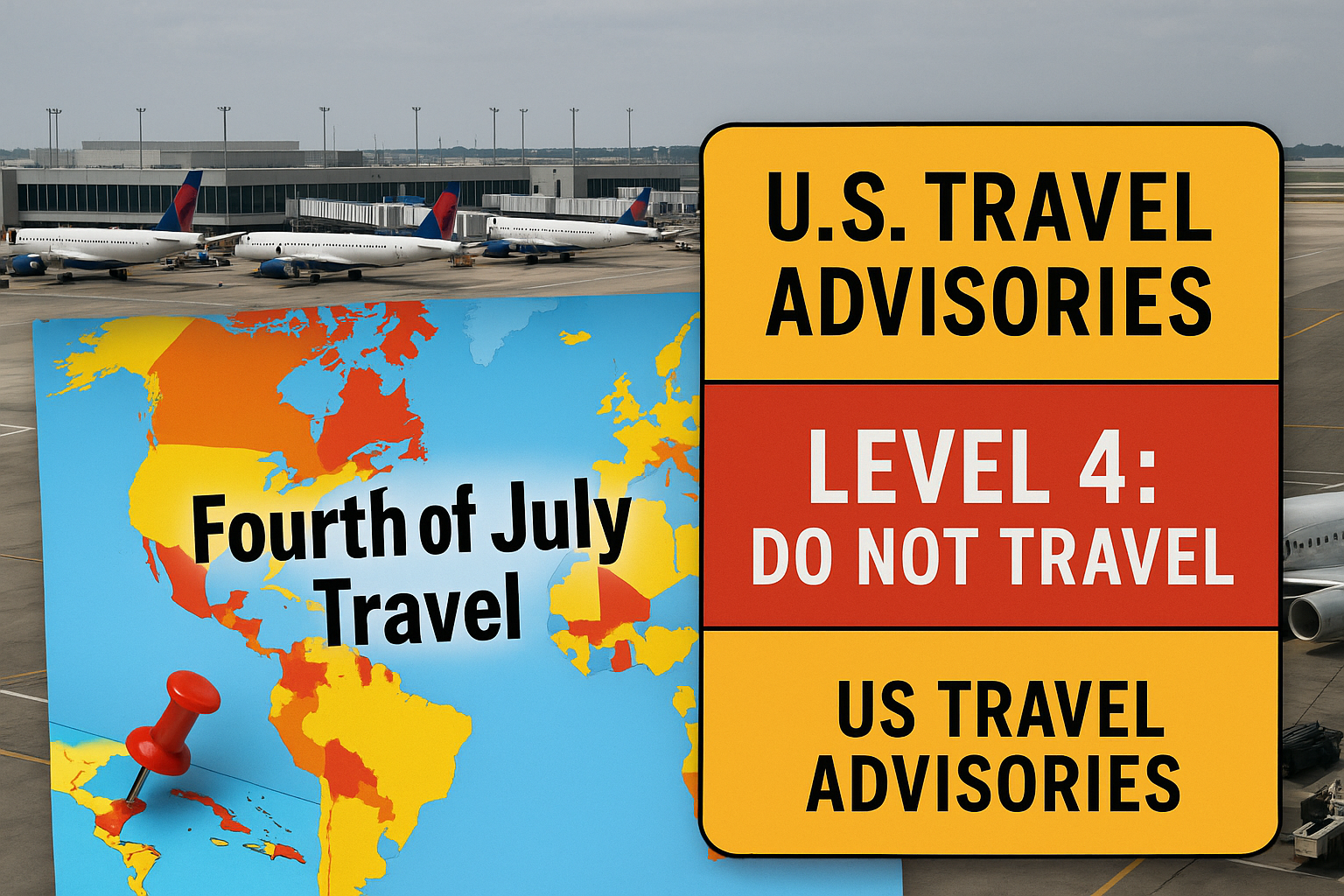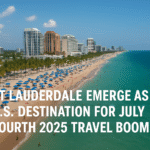New U.S. Travel Warnings Cast Shadow Over Independence Day Travel Boom
As the U.S. gears up for one of its busiest travel periods—Fourth of July Independence Day—millions of Americans are facing a sobering twist: updated U.S. travel advisories have cast uncertainty over international holiday plans, just as airports, airlines, and destinations worldwide brace for a record-breaking tourism rebound.
While fireworks and family trips have long defined the holiday, this year’s celebration is tempered by a sharp shift in global safety designations from the U.S. Department of State. In June 2025 alone, several popular destinations—ranging from India and the Dominican Republic to Mozambique—received updated advisories warning travelers to exercise increased caution or avoid travel altogether. These warnings are not just changing itineraries—they’re reshaping the global tourism landscape.
The Advisory Breakdown: From Caution to “Do Not Travel”
The U.S. State Department’s system categorizes destinations into four tiers:
- Level 1 – Exercise Normal Precautions: Canada, Thailand, Poland
- Level 2 – Exercise Increased Caution: India, Dominican Republic, Mozambique
- Level 3 – Reconsider Travel: Bangladesh, Ethiopia, Colombia
- Level 4 – Do Not Travel: Iraq, Israel, Gaza, parts of Mexico, Syria
Notably, Israel and Gaza were issued Level 4 warnings in mid-June due to escalating regional violence. Iraq and Haiti remain under maximum alert as conditions worsen. Meanwhile, countries like India, which is typically a July travel favorite, moved to Level 2 following concerns over civil unrest and local law enforcement inconsistencies.
Even Mexico—traditionally a top destination for Americans—is facing scrutiny. While resort-heavy states like Quintana Roo (home to Cancun and Tulum) remain under Level 2, others like Guerrero and Sinaloa carry Level 4 due to rampant cartel violence.
Travel Plans Interrupted: Americans Forced to Rethink
As a result of these advisories, holiday travel decisions are undergoing dramatic recalibration. Airlines have reported cancellations and rerouting for destinations flagged under Levels 3 and 4. Tour operators are shifting promotional focus to “green-list” countries such as Portugal, Australia, Japan, and Iceland—destinations maintaining Level 1 ratings.
“Just as we saw a rise in July Fourth international bookings, these warnings shook consumer confidence,” said a spokesperson from a major U.S.-based travel platform. “People are canceling honeymoons, pulling back on family trips, and scrambling for domestic alternatives.”
The Global Fallout: Airlines, Hotels, and Economies Hit
According to the U.S. Travel Association, outbound travel by Americans contributes over $180 billion annually to the global economy. But in 2025, with outbound travel projected to fall 7–8% due to advisory-induced cancellations, destinations reliant on American tourists face a staggering revenue shortfall—up to $12 billion in lost earnings.
Tourism-dependent nations across Asia, Africa, and the Caribbean are already reporting a downturn in arrivals. Hotels in areas like Southeast Asia and the Middle East have seen a 20–30% drop in summer bookings.
Airlines are feeling the squeeze too. Several U.S. carriers are scaling back routes to flagged destinations and focusing on safer, Level 1-rated countries instead.
Inbound Travel to the U.S. Also Suffers
Ironically, while Americans are hesitant to travel abroad, inbound tourism to the U.S. is also faltering. Some countries—such as Canada, Germany, and Australia—have issued travel advisories of their own, citing domestic unrest, mass shootings, or unclear immigration policies within the U.S.
International conferences are being relocated. Educational enrollments are down. And leisure tourism to the U.S. has declined by 12% compared to last year’s projections. Experts warn the compounded effect may delay full global tourism recovery until at least 2029.
Emotional Toll on Travelers
Beyond dollars and bookings, the emotional impact of changing advisories is weighing on travelers. Celebratory plans for Independence Day—typically filled with joy, fireworks, and adventure—are now marred by caution and concern.
Travel insurance costs are spiking. Visa processes have become unpredictable. And first-time travelers, particularly younger Americans, are increasingly opting out of international trips altogether.
“What was supposed to be our wedding week in Santorini turned into a last-minute road trip,” one couple from Chicago shared. “We couldn’t afford the uncertainty.”
What Can Travelers Do?
Despite the turbulence, experts suggest several steps to ensure safe and satisfying travel:
- Consult the Latest Advisory Maps: Use the U.S. Department of State’s travel portal regularly.
- Register with STEP (Smart Traveler Enrollment Program): Receive real-time safety updates while abroad.
- Buy Comprehensive Travel Insurance: Especially plans that cover medical emergencies and cancellations tied to security issues.
- Understand Local Laws and Customs: Being culturally aware reduces risk and improves experiences.
- Stay Connected: Ensure you have emergency contacts, embassy numbers, and offline maps ready.
A Crossroads for Global Travel
As the Fourth of July countdown begins, the world’s travel sector finds itself at a pivotal moment. The rise of U.S. travel advisories—while rooted in real risks—has spotlighted the fragile balance between caution and overreach.
Industry leaders are calling for a reform of the advisory system, advocating for city-level designations instead of broad national bans. “Blanket warnings paralyze tourism,” said one IATA representative. “They paint with too broad a brush.”
Whether the upcoming holiday results in a muted celebration or a surge in domestic tourism remains to be seen. But one truth is clear: travel in 2025 demands more than wanderlust. It demands resilience, awareness, and flexibility.
For more travel news like this, keep reading Global Travel Wire




